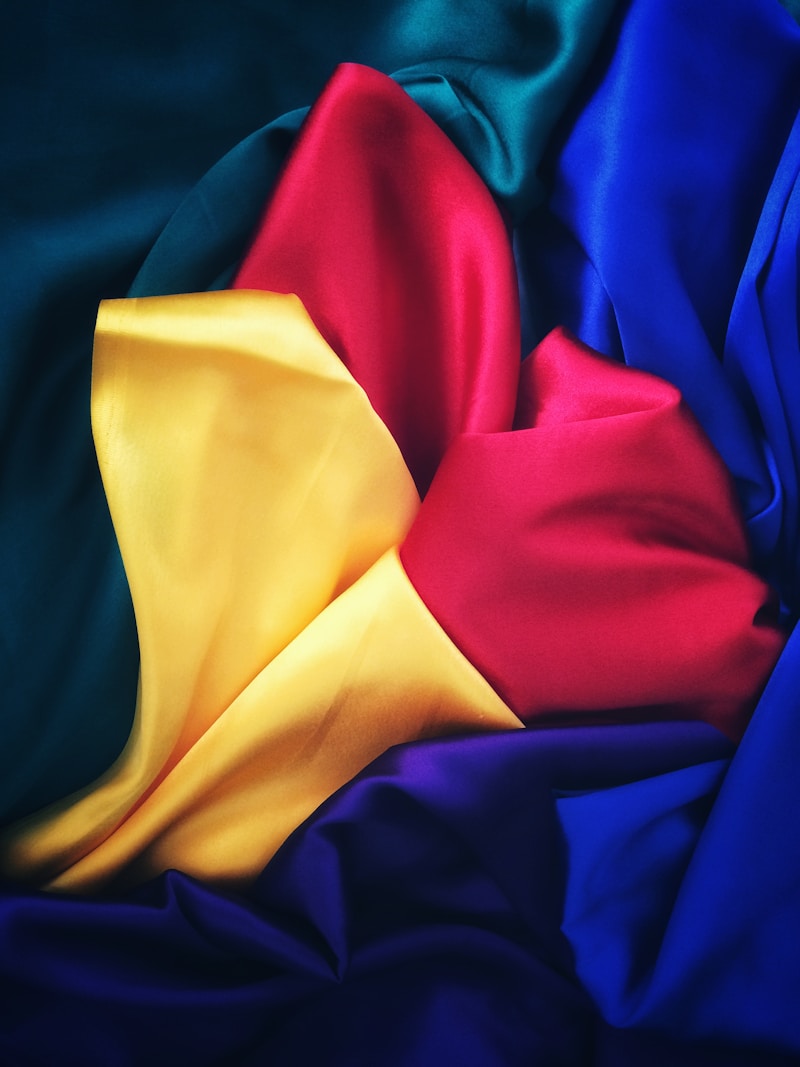Exploring Fabric Choices for Dresses: A Comprehensive Guide
Understanding Fabric Choices for Dresses
When it comes to fashion, the right fabric can make or break a dress. From casual wear to formal gowns, the fabric choice determines the overall look, feel, and drape of the garment. Understanding different fabric options is essential for anyone looking to create a stunning dress. This article delves into various fabric choices for dresses, guiding you through the qualities, pros and cons, and suitable occasions for each type.
Types of Fabrics for Dresses
Below is a table summarizing some common fabrics used for dresses, including their characteristics and best uses:
| Fabric | Characteristics | Best Used For |
| Cotton | Natural, breathable, soft | Casual dresses, summer outings |
| Satin | Soft, shiny, luxurious | Evening gowns, formal dresses |
| Lace | Delicate, intricate patterns | Wedding dresses, party outfits |
| Silk | Soft, smooth, elegant | High-end fashion, luxury wear |
| Chiffon | Lightweight, sheer, flowy | Bridal wear, summer dresses |
| Denim | Durable, casual, versatile | Casual wear, everyday dresses |
| Jersey | Stretchy, comfortable, breathable | Casual dresses, fitted styles |
Exploring Each Fabric in Detail
1. Cotton
Cotton is one of the most popular fabric choices for dresses due to its breathability and comfort. This natural fiber absorbs moisture and allows for airflow, making it ideal for warm weather. Cotton dresses are typically casual, making them the perfect choice for day events, picnics, or beach outings. The fabric can be easily printed or dyed, allowing for a wide range of styles and colors.
2. Satin
Satin is synonymous with luxury. This shiny, smooth fabric adds a touch of elegance to any dress. Satin is often used for formal occasions, such as evening gowns or cocktail dresses, due to its draping ability. However, it is essential to note that satin can be more challenging to work with, as it slips easily and requires careful handling during sewing.
3. Lace
Lace is a sophisticated choice for dresses due to its intricate patterns and textures. Often used for Wedding dresses or special occasions, lace can create a romantic and timeless look. It is typically layered over a solid fabric to provide structure while showcasing its delicate nature. Keep in mind that lace may require more care during washing to maintain its form and detail.
4. Silk
Known for its luxurious feel and beautiful drape, silk is a premium fabric choice for dresses. It has a natural sheen that enhances the overall appearance of the garment. Silk is often used for high-end gowns and designer dresses, making it a favorite among those who appreciate elegance. Nevertheless, silk can be delicate and may require special care, such as dry cleaning.
5. Chiffon
Chiffon is a lightweight, sheer fabric that adds a romantic vibe to any dress. It is commonly used in bridal wear and summer dresses due to its flowy nature. Chiffon can be layered for a fuller effect or used as overlay material, making it versatile for various styles. However, its delicate structure makes it susceptible to snagging, so care should be taken during wear.
6. Denim
Denim is a durable fabric that adds a casual flair to any dress. Often associated with everyday wear, denim dresses are versatile and can be layered in various ways. They work well for casual outings or relaxed events. The fabric is easy to care for and can be dressed up or down depending on the occasion.
7. Jersey
Jersey fabric is a stretchy, comfortable option that is perfect for fitted styles. Dresses made from jersey are often easy to wear, providing comfort and freedom of movement. This fabric is ideal for casual dresses and can be styled for a laid-back day out or a relaxed evening gathering. Jersey is also easy to wash and maintain, which adds to its appeal.
Considerations When Choosing Fabric for Dresses
When selecting fabric for a dress, several factors come into play. Here are some important considerations:
- Purpose: Determine the occasion for which the dress is intended. Formal events may require luxurious fabrics like satin or silk, while casual outings suit cotton or denim.
- Climate: Consider the weather. Lightweight fabrics like chiffon or cotton are great for hot climates, while heavier materials like denim are more suited for cooler days.
- Body Type: Different fabrics drape differently on various body shapes. Choose a fabric that enhances your silhouette. For example, flowy fabrics like chiffon are great for creating movement, while structured fabrics like satin can provide a more tailored look.
- Maintenance: Some fabrics require special care. Consider your lifestyle and how much time you can devote to maintaining your dress. Fabrics like cotton and jersey are usually machine washable, while silk and lace may need dry cleaning.
- Budget: Fabric quality often correlates with price. High-end fabrics like silk and satin can be significantly more expensive than cotton or denim, so it's essential to stick to your budget while selecting the fabric.
Conclusion
In conclusion, choosing the right fabric for dresses is a crucial step in ensuring your outfit is flattering, comfortable, and appropriate for the occasion. From the breathable nature of cotton to the luxurious feel of silk, each fabric offers unique characteristics that can elevate your dress to new heights. Consider your event, climate, and personal style when making your decision. Whether you're shopping for a special occasion or crafting your design, understanding fabric choices will help you create beautiful and memorable dresses.
Note: When shopping for fabric, don’t hesitate to ask for samples. This will allow you to feel the texture and see the color in different lighting, helping you make an informed decision.
